By Keahi Akina | Staff Writer
The physical LP is in the midst of a renaissance and with so many choices it can be overwhelming. Bargain bins, new releases, reissues and the world of Discogs can serve to disorient any burgeoning audiophile. There is something in all that mess that gets resolved when good company, with good food in their stomachs, hears good music. So invite some friends or family over, look up some local recipes or order takeout from Highway Inn: here are six local records that belong in any personal collection that calls Hawaiʻi its home.
Steve & Teresa — Catching a Wave (1983)
Spare and sweet, Steve & Teresa’s “Catching a Wave” captures all the magic of surfing in Hawaiʻi. It hits the ears with the sincerity of a live performance without ever overtaking a room. Its titular song has all the nostalgia of more popular albums by bands like Kalapana and Cecilio & Kapono while still making all but the most knowledgeable of listeners ask, “Now who is singing this?” It’s slack-key guitar and bass. It’s surfing. It’s authentic Hawaiian music and it’s obscure enough to interest more curious guests. It’s a great spin over a glass or two (or three) of wine.
Cecilio & Kapono — “ʻElua” (1975)
“ʻElua” by Cecilio & Kapono is the second album put out by the Hawaiian pop duo. Nearly 50 years after its release, this second album is still popular in Hawaiʻi today. The A-side bursts into the room with one of their most recognizable songs: “Goodnight and Goodmorning”. “You And Me” and “I Am The Other Man” both find Cecilio and Kapono at their best: when their harmonization feels like a warm and familiar blanket. “About You” is one of the most beautiful songs the duo has ever put out and “Someday” would make even a new group of friends sentimental for the old days. The B-side opens up with “Home (And I’m Staying This Time)” and features two of their more recognizable songs in “Highway in the Sun” and “Summer Lady.” Though it’s their second album, it feels like the real beginning of their career. Indulge like a warm appetizer and spin it while friends and family arrive.
Gabby Pahinui – “Gabby” (1972)
On Gabby Pahinui’s self-titled album, the father of slack-key defined what Hawaiian music was and what it would always be. Slack-key guitars, vibrato, falsetto and due justice to the ʻāina. The track-list reads like a map of familiar geography in Hawaiʻi. The accompanying talent are a who’s who of local artists. The sonically sensitive beauty in his voice is especially poignant on “Lihue” and “Keawaiki.” A recording of “Hiʻilawe” from 1947, which opens the record, can be compared to the final song, another recording done in 1972. “Gabby” is a longer LP, at nearly an hour long, and is best served at a low volume over dinner.
Mackey Feary Band – “Mackey Feary Band” (1978)
Mackey left Kalapana in 1977 and released the “Mackey Fear Band” self-titled album just a year later. It’s groovy, closer to Boogie Nights than Honolulu City Lights but it’s certainly inspired by those city lights captured on its cover. It’s a short record, only 30 minutes long, and a great introduction to a funky past that casual listeners may not associate with Hawai’i. It has existed in the shadow of Kalapana but it deserves to be brought into the light. With some drinks, of course.
Country Comfort – “We Are The Children” (1975)
Country Comfort were the contemporaries to Gabby Pahinui’s traditional Hawaiian music. Sung entirely in English but so distinctly local, “We Are The Children” sounds familiar. It calls back to car rides through the country, the radio floating in and out while you drive up to the north shore. Beyond its transporting power, it has a place on the turntable too. It’s a consistent record, never going for big riffs or flamboyant orchestral pieces. Its beauty is in its simplicity. It’s what your grandfather wants to listen to, so play it when he’s over and watch his eyes tear up over “Waimanalo Blues”.
Hui Ohana – “Young Hawai‘i Plays Old Hawai’i” (1972)
Hui Ohana falls into the class of artists just prior to Cecilio & Kapono and Country Comfort. On this album they play homage to classic songs like “Hula o Make`e” which appears also on “Gabby” (1972). It sounds like a pāʻina, short of all the uncles and aunties yelling at their keiki. It is short and plays well over dinner. It has all the tradition of the albums before it and the familiarity of the albums since. If “We Are The Children” opened the door to English-language LP’s in Hawaiian music, “Young Hawai‘i Plays Old Hawaiʻi” walked us up the driveway.


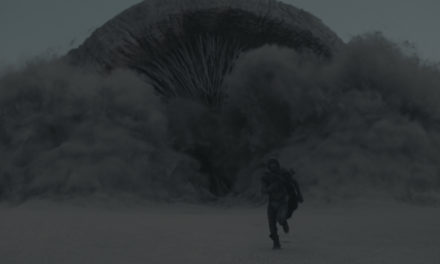
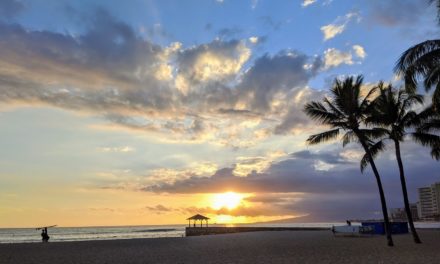
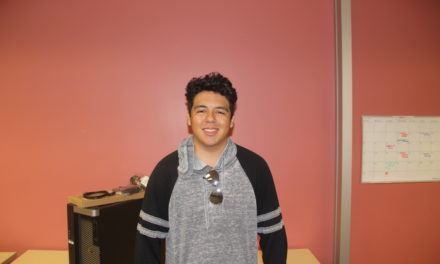
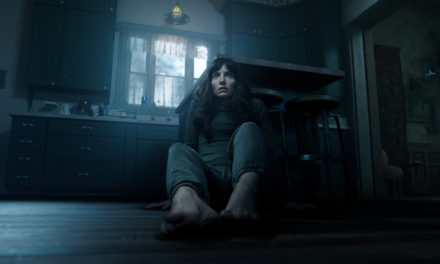
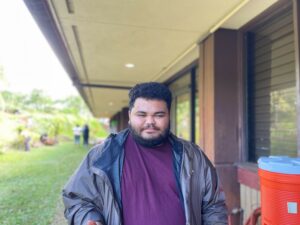
Hey Keahi,
Former Kapiʻo writer here! Amazing listicle of records. I need to listen to these sometime soon. A recent one that I recommend is “Blue” by Dae Han, a local jazz drummer originally from New York.
Mahalo for the recommendations!